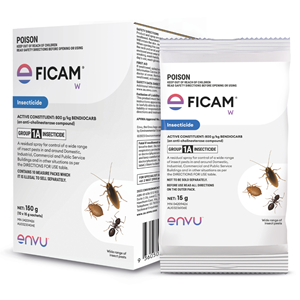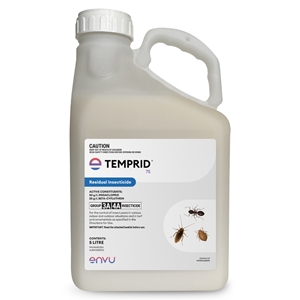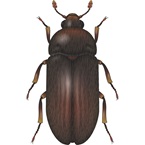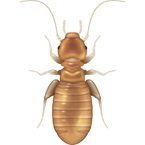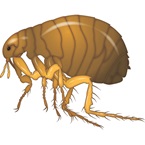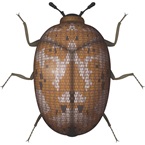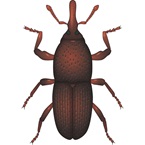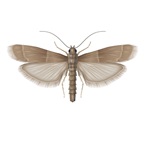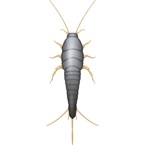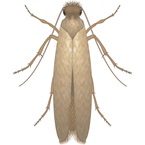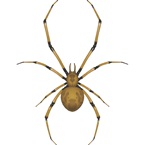Scientific name: Ommatoiulus moreletii
Description
Black and shiny in colour, these Millipedes have a long cylindrical shape and are multi-segmented. Typically, they reach 20-45mm and are distinguished by the large number of legs which usually number in the hundreds. They are known for their habit of curling into a flat spiral for protection.
A Portuguese native, the Black Portuguese Millipede was introduced into Australia in the 1950s.
As herbivores, these pests enjoy decaying plant matter and are most commonly found in leaf litter, decaying wood or mulch. They live in woodlands and grasslands but also like gardens which provide a variety of different preferred habitats.
Behaviour
The Black Portuguese Millipede is an invasive pest species and normally assembles in very large numbers. Millipedes are most active in autumn and typically, an infestation can be expected after the first rains, following a drought or dry spell. They are also visible in spring when the temperatures begin to rise.
The female lays her eggs in a small hole in the soil and when the juveniles emerge, they go through a considerable number of moults before reaching maturity in 2 years’ time.
Portuguese Millipedes have a series of glands running all along the underside of their body which secrete a yellow liquid with a strong odour when they are agitated.
Risks
More of a nuisance than a threat, Portuguese Black Millipedes can be distressing due to their ability to invade in their thousands.
They are active and visible at night but are drawn to the light which encourages them to enter buildings - where they can damage carpets, furniture, curtains and bedding with their pungent yellow secretion which stains fabrics and even skin.
There have been some reports of damage to crops but this is not typical behaviour.

